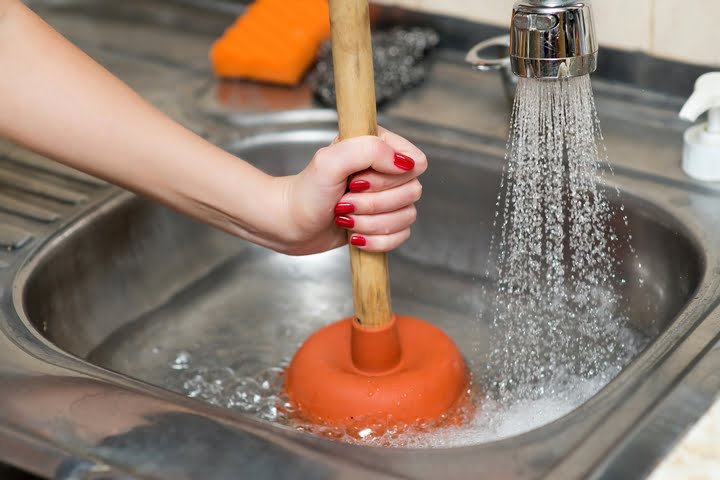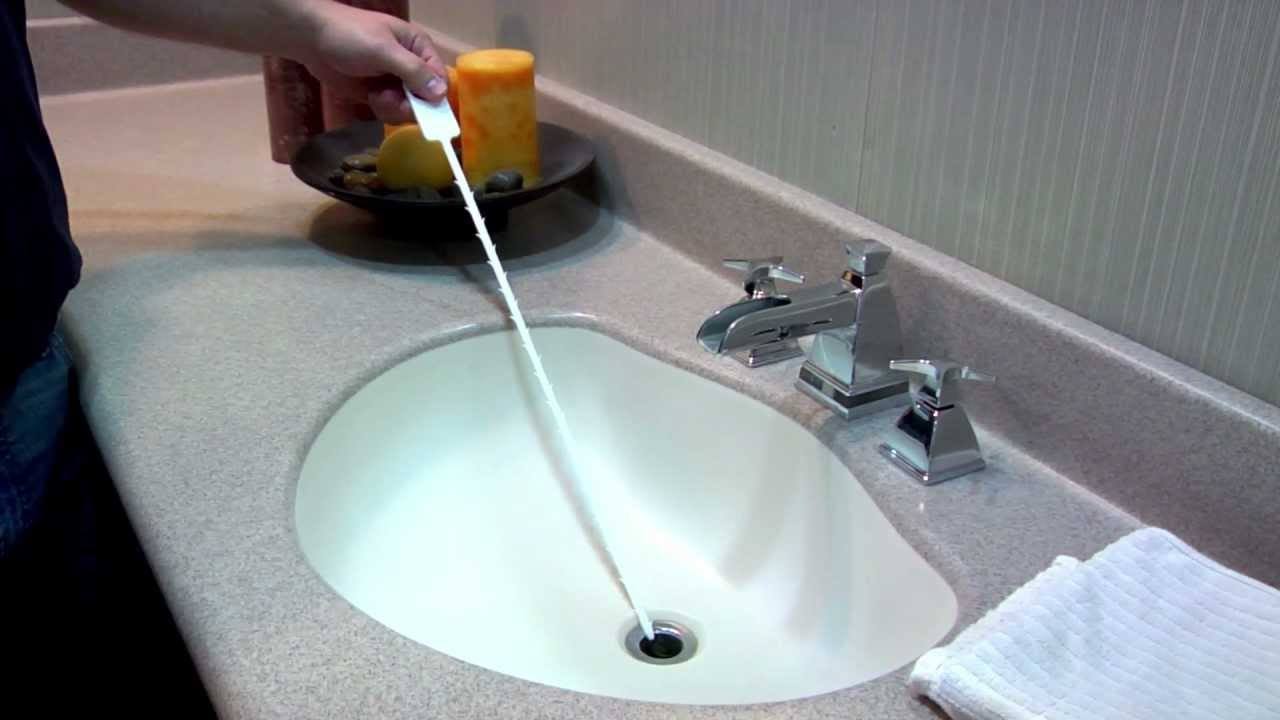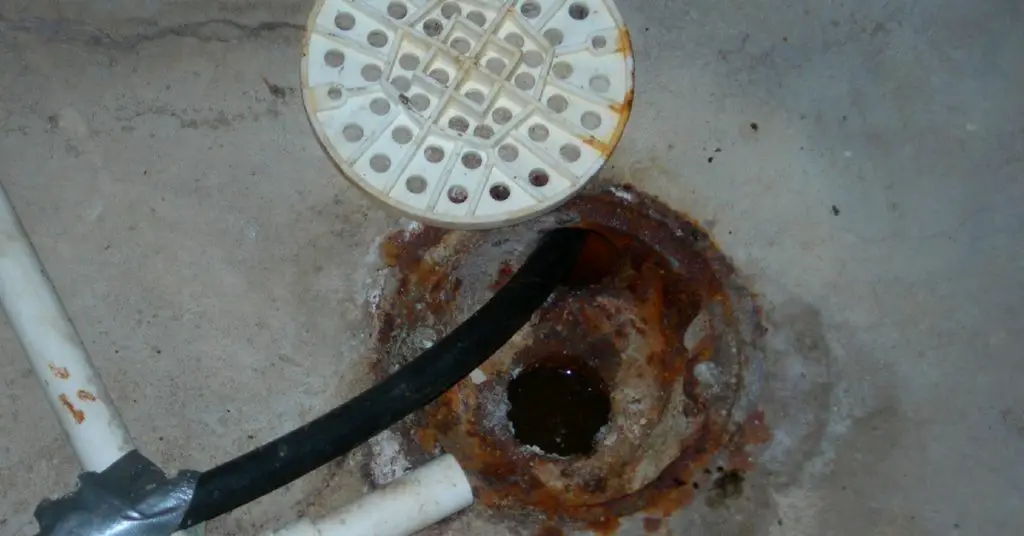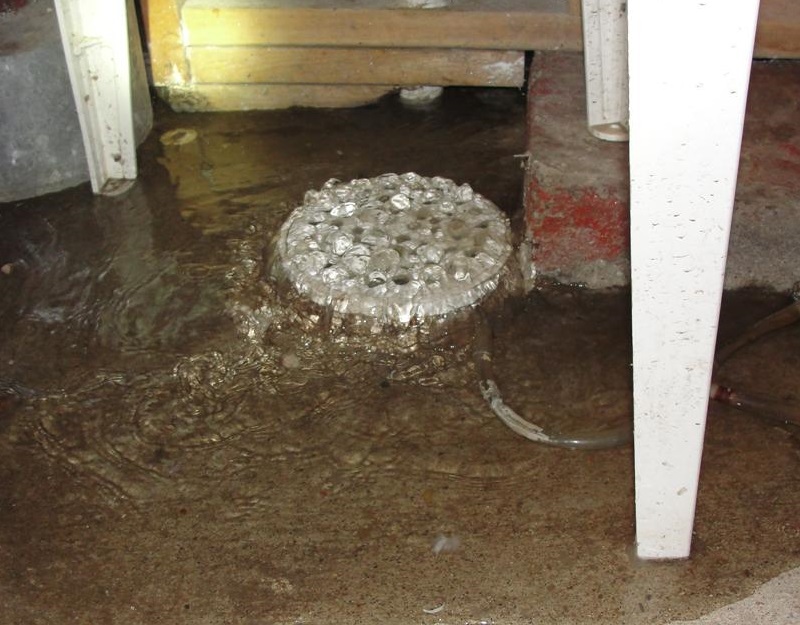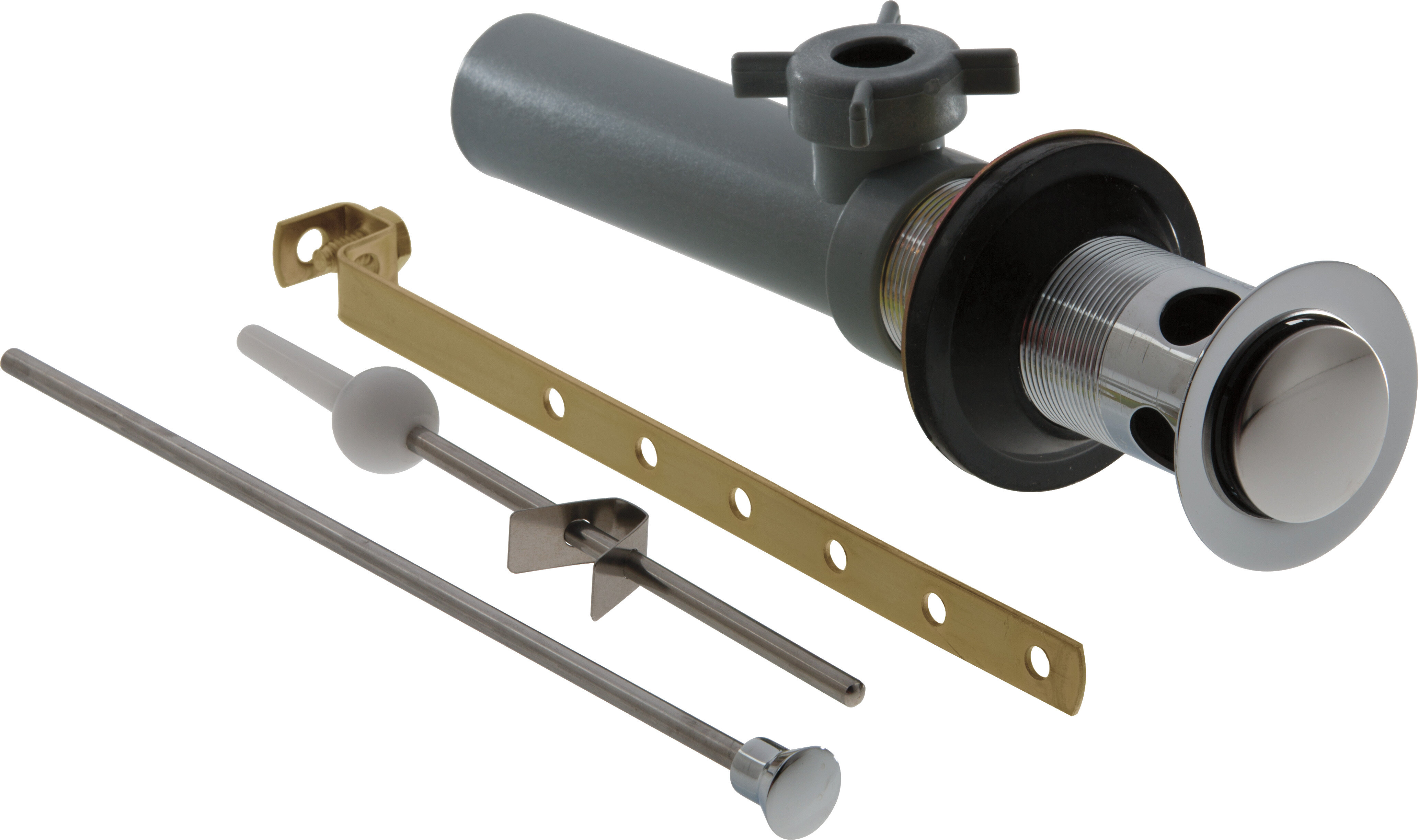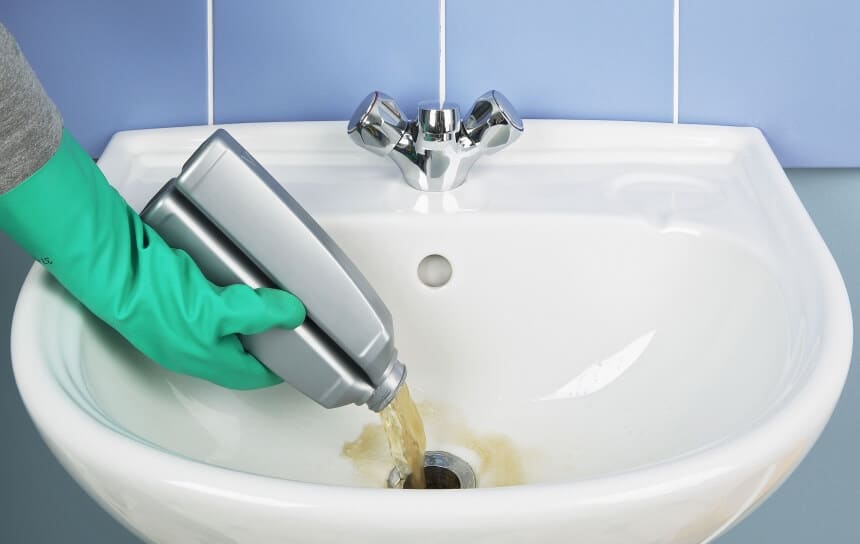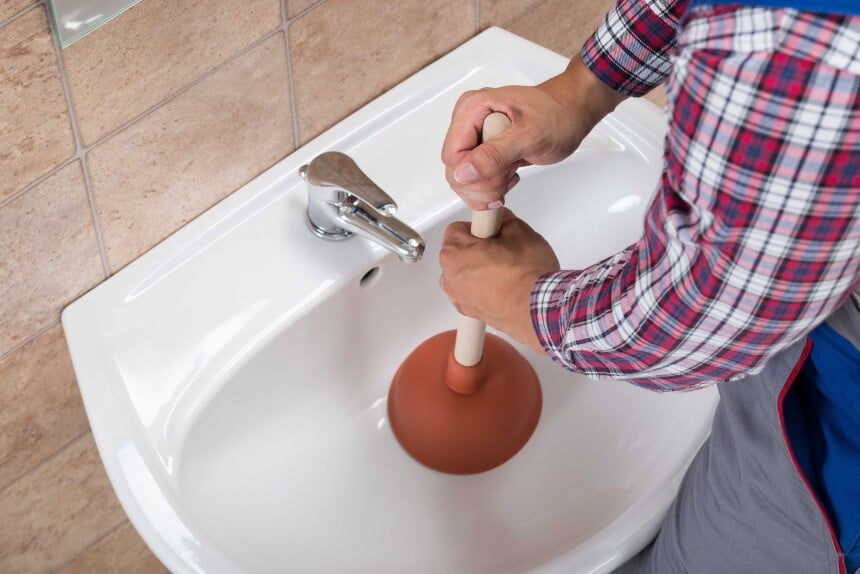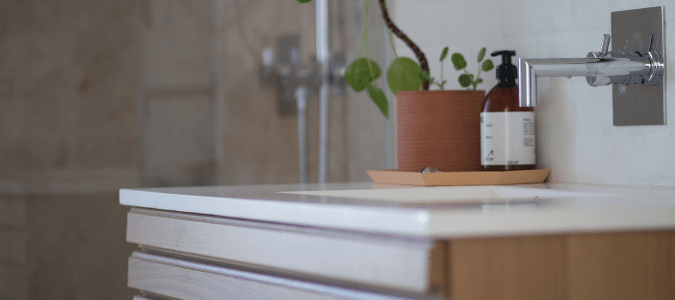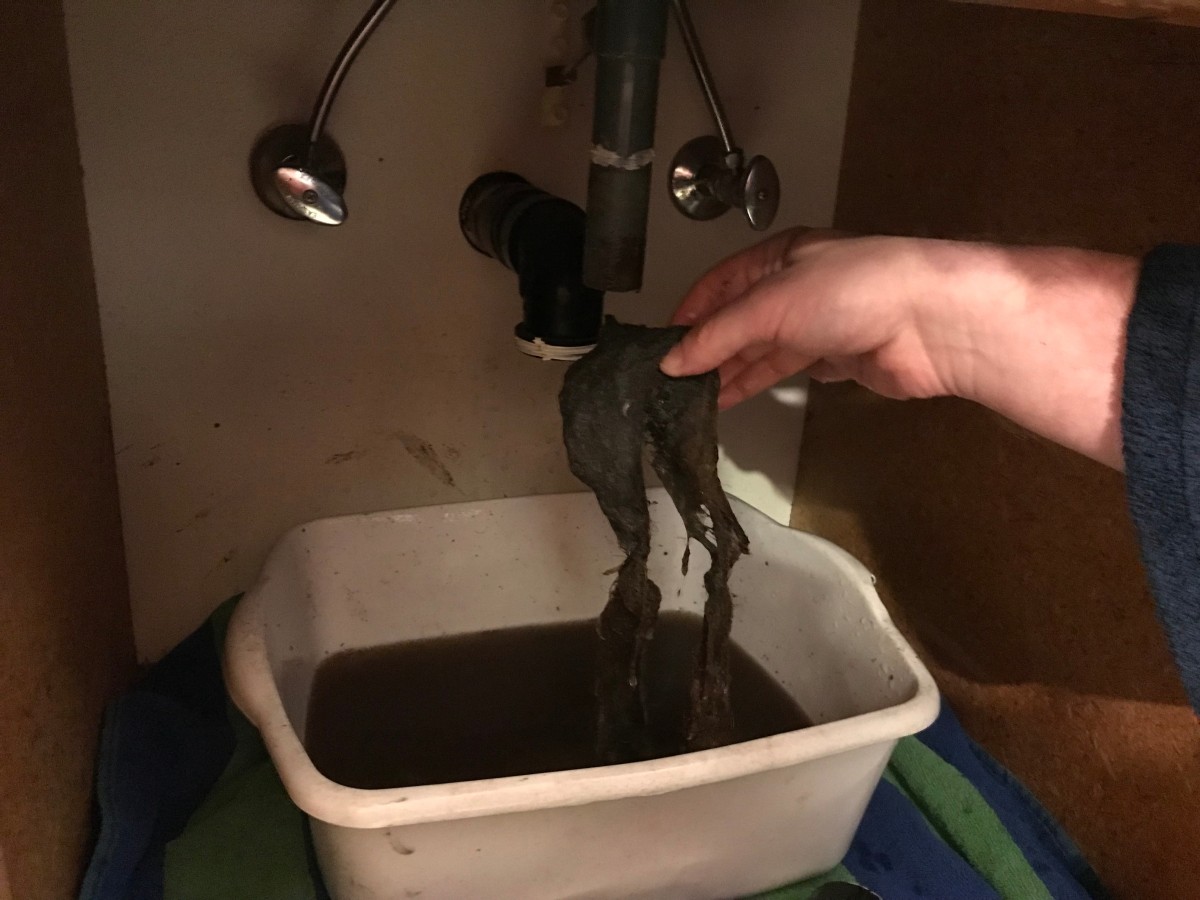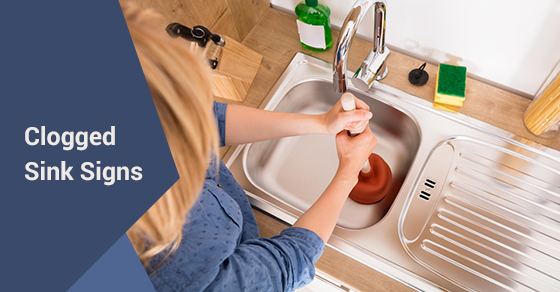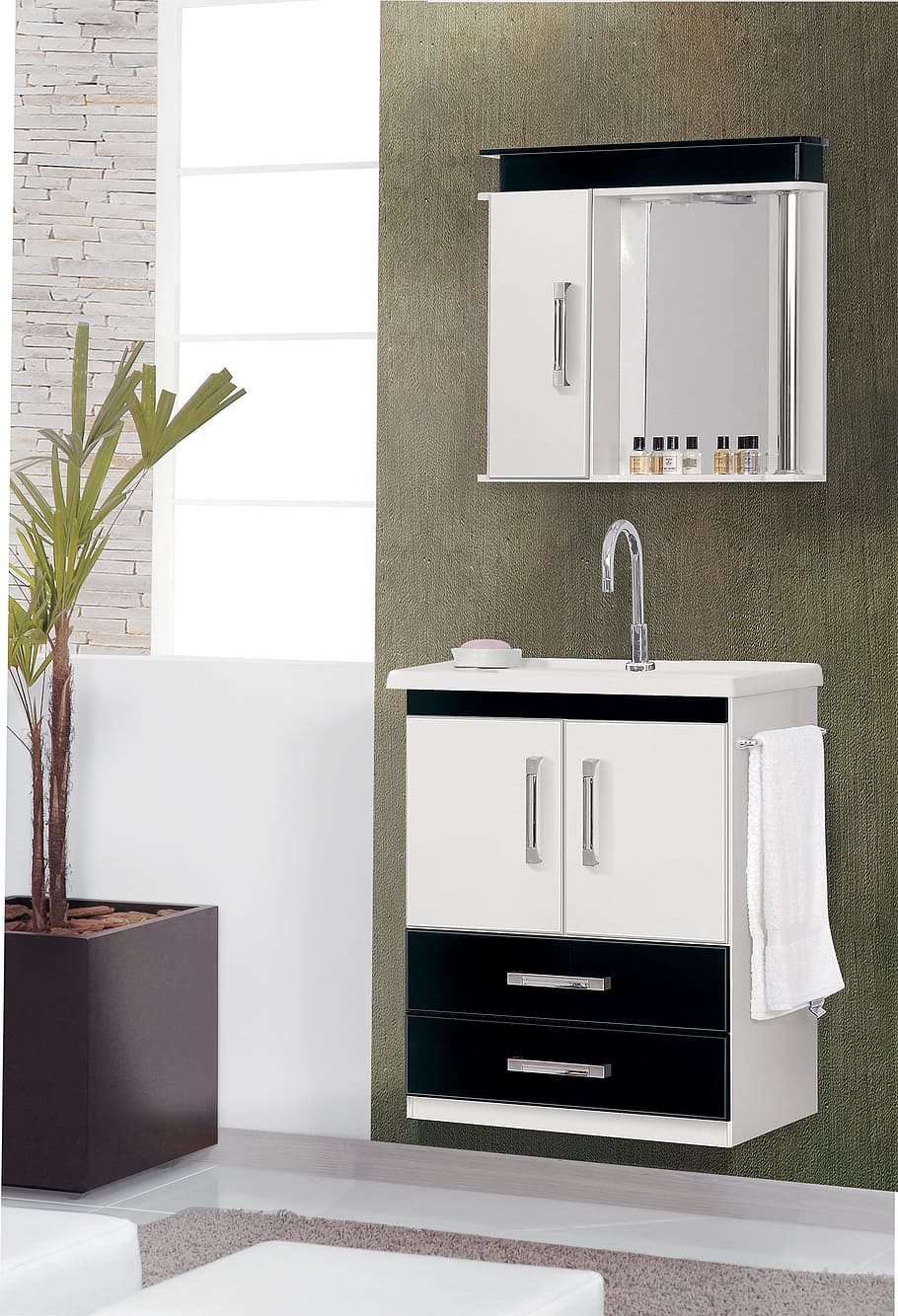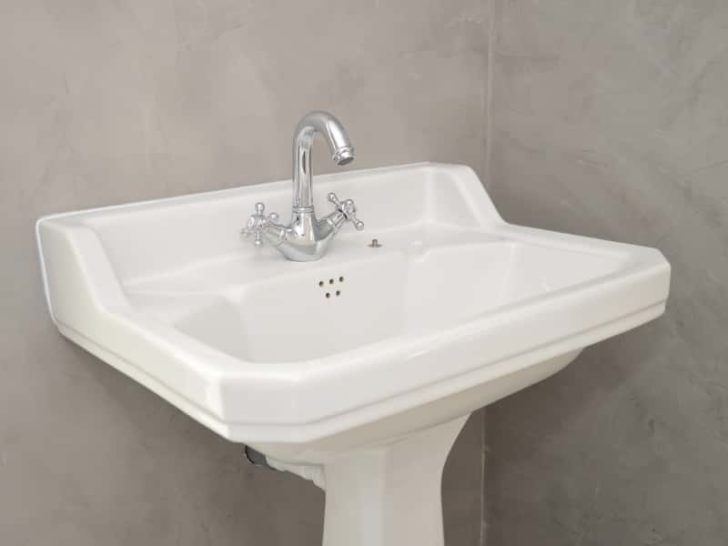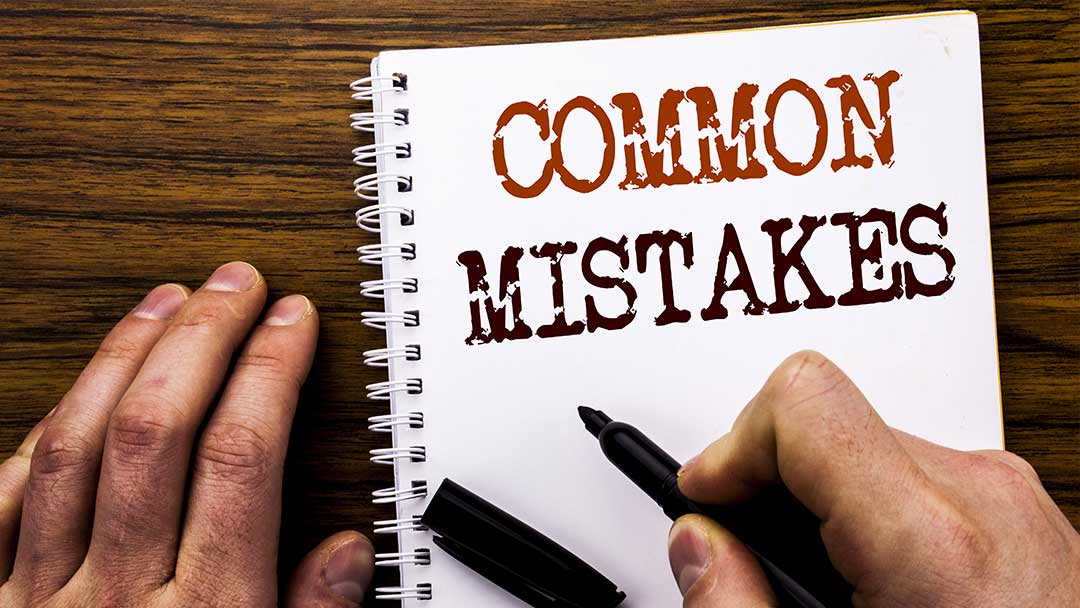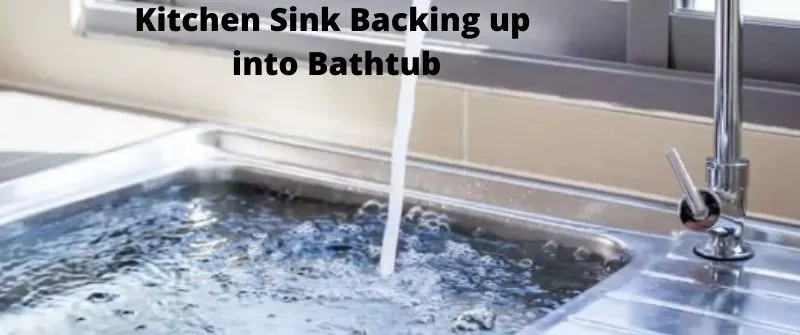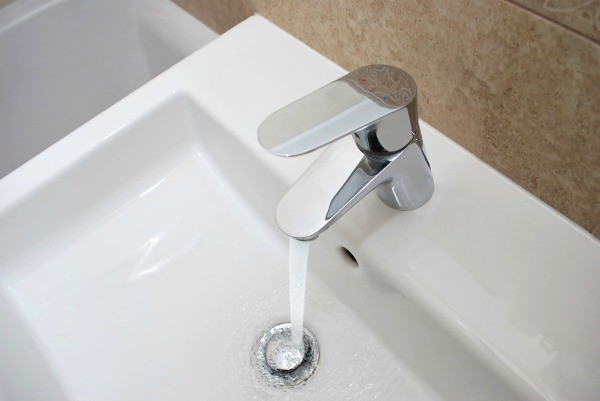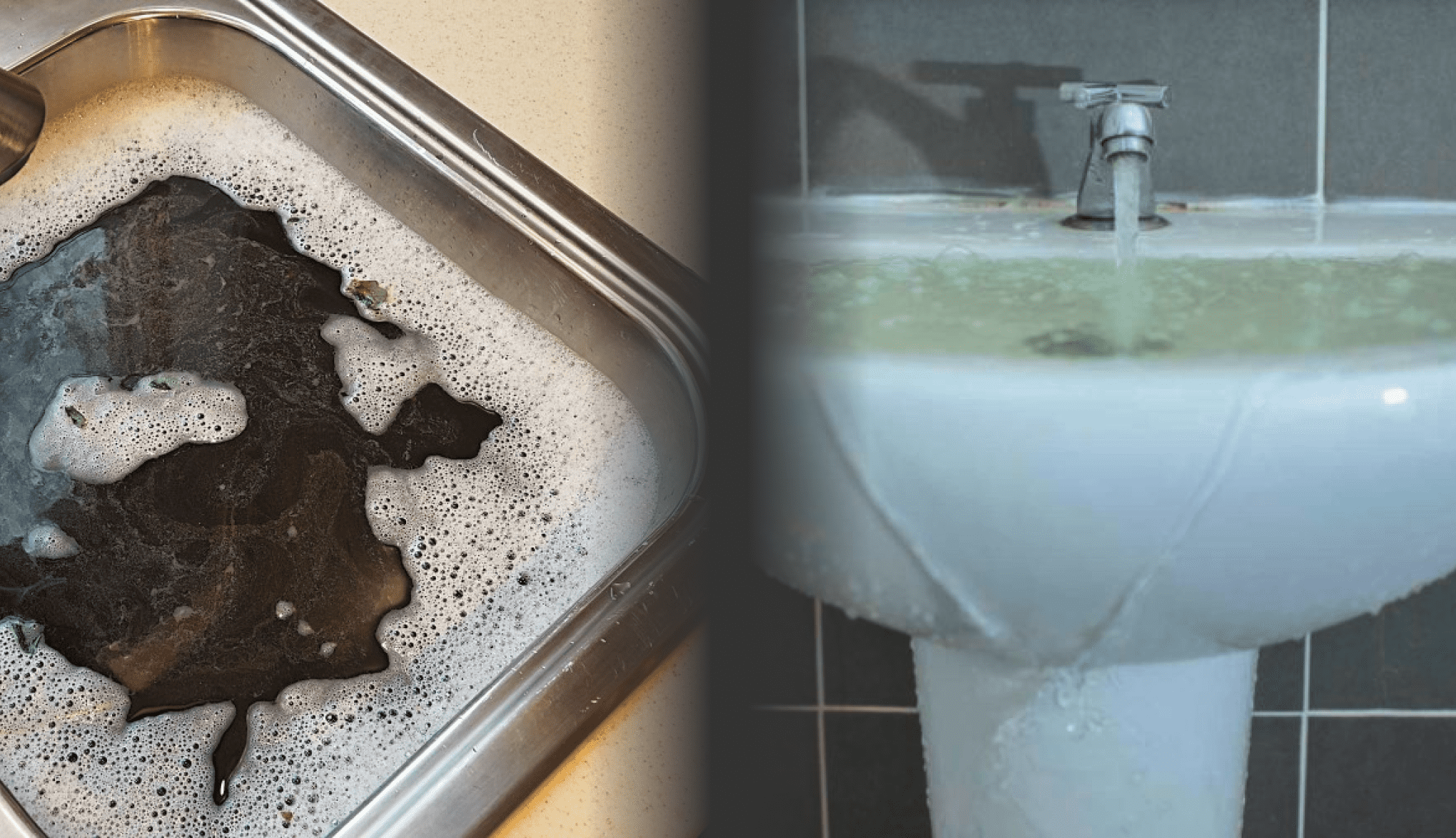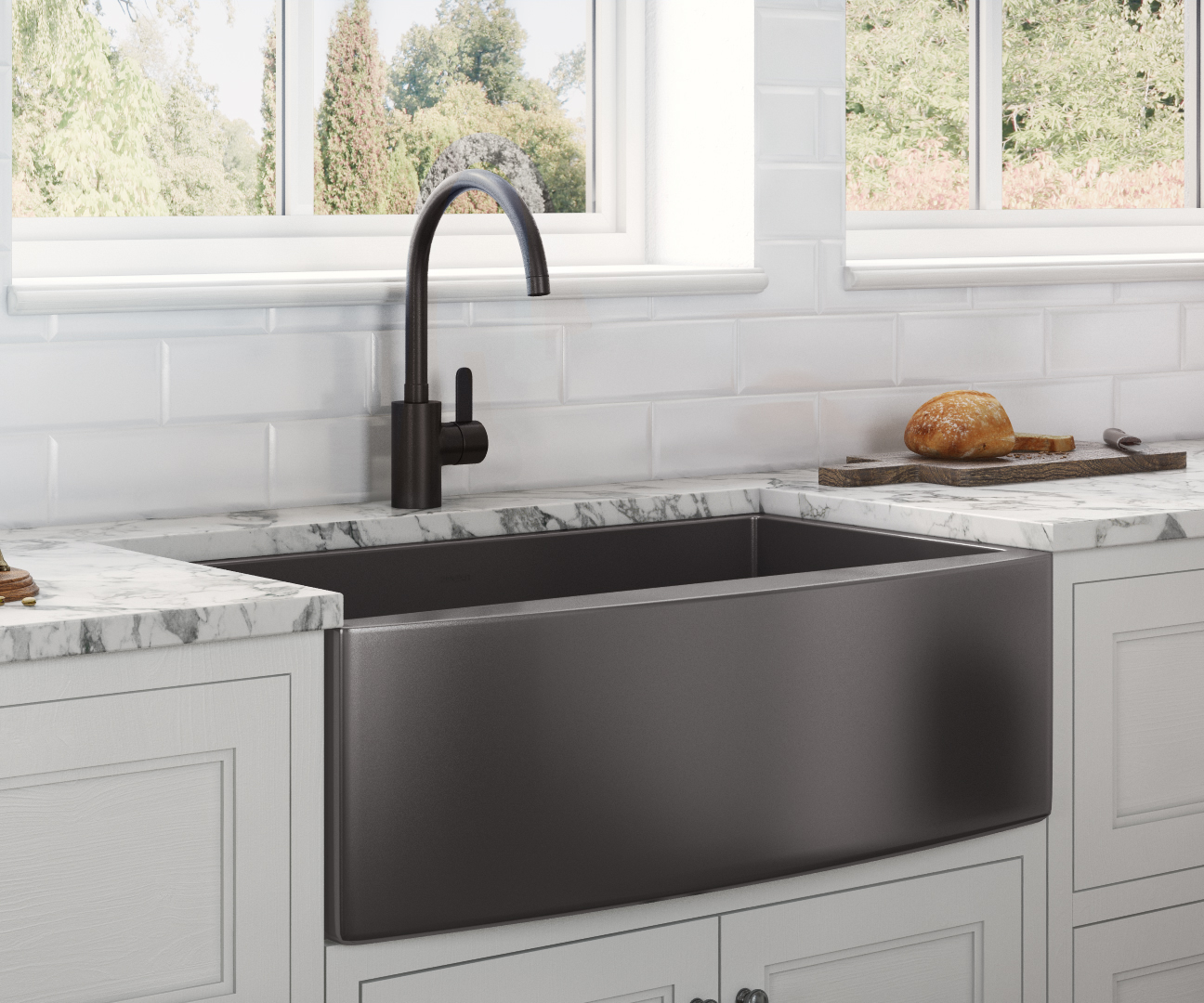Dealing with a clogged bathroom sink can be a frustrating and unpleasant experience. Not only does it disrupt your daily routine, but it can also lead to unpleasant odors and potential water damage if left untreated. Understanding the causes of a backed up bathroom sink and how to prevent it can save you time, money, and headaches in the long run. In this article, we will discuss the common causes of a clogged bathroom sink, effective solutions, and prevention tips to keep your sink running smoothly. Clogged Bathroom Sink: Causes, Solutions, and Prevention
Before we dive into the causes and prevention of a backed up bathroom sink, let's first discuss how to fix it. There are a few different methods you can try, depending on the severity of the clog. One of the easiest and most common ways to fix a backed up bathroom sink is by using a plunger. This tool creates suction and pressure to dislodge the clog. Simply place the plunger over the drain and push and pull vigorously to create suction. After a few tries, the clog should break up and the water will start draining. If the plunger method doesn't work, you can try using a drain snake or a bent wire hanger. These tools are designed to reach deep into the pipes and remove any debris or hair causing the clog. Insert the tool into the drain and twist or push until you feel the clog break up. Then run hot water to flush out any remaining debris. For more stubborn clogs, you may need to use a chemical drain cleaner. However, be cautious when using these products as they can be harmful to your pipes and should be used sparingly. Follow the instructions carefully and always use gloves and eye protection. How to Fix a Backed Up Bathroom Sink
Now that you know how to fix a backed up bathroom sink, let's explore the most common causes of this frustrating issue. Hair is the number one culprit when it comes to clogged bathroom sinks. As you wash your hair, loose strands can get caught in the drain and over time, they can accumulate and cause a blockage. Using a drain cover or strainer can help prevent hair from going down the drain. Another common cause of a backed up bathroom sink is the buildup of soap scum and toothpaste. These products can harden and create a sticky residue that traps hair and other debris, leading to a clog. Regularly cleaning your sink and using a drain cleaner can help prevent this buildup. Foreign objects such as jewelry, cotton balls, and other small items can also cause a backed up bathroom sink. Be mindful of what you are putting down the drain and avoid flushing anything other than toilet paper. Common Causes of a Backed Up Bathroom Sink
If you are dealing with a particularly stubborn clog, there are a few methods you can try to effectively unclog your bathroom sink. One method is using a mixture of baking soda and vinegar. Pour a cup of baking soda down the drain, followed by a cup of vinegar. The chemical reaction between the two will help break up the clog. Let it sit for about 30 minutes, then flush with hot water. Another DIY solution is using a combination of hot water and salt. Boil a pot of water and add a cup of salt. Pour the mixture down the drain and let it sit for a few minutes before flushing with hot water. The hot water and salt can help dissolve and loosen the clog. How to Unclog a Bathroom Sink
If you prefer to use natural and chemical-free solutions, there are a few DIY methods you can try to unclog your bathroom sink. One method is using a wet/dry vacuum. Simply place the vacuum hose over the drain and create a tight seal. This will create suction and can help remove any debris causing the clog. Another DIY solution is using a mixture of salt and baking soda. Mix equal parts of both ingredients and pour it down the drain. Let it sit for a few minutes before pouring hot water down the drain. This can help break up the clog and keep your pipes clean. DIY Solutions for a Backed Up Bathroom Sink
Sometimes, a backed up bathroom sink can be caught and fixed before it becomes a major issue. Here are some signs to look out for that indicate your bathroom sink may be clogged. Slow draining water is one of the most obvious signs of a clogged bathroom sink. If you notice that the water is taking longer to drain than usual, it may be a sign of a clog. Unpleasant odors coming from your sink can also indicate a clog. As debris and hair accumulate in the pipes, they can start to decompose and emit a foul smell. If you hear gurgling noises when you run the water or flush the toilet, it could be a sign of a clogged bathroom sink. This noise is caused by air trapped in the pipes due to the clog. Signs of a Clogged Bathroom Sink
The best way to deal with a backed up bathroom sink is to prevent it from happening in the first place. Here are some tips to help you keep your sink running smoothly. Use a drain cover or strainer to catch hair and other debris before it goes down the drain. Empty the strainer regularly to avoid buildup. Avoid pouring grease or oil down the drain as it can harden and cause clogs. Instead, wipe excess grease from pots and pans with a paper towel before washing them. Regularly clean your bathroom sink and use a drain cleaner to prevent buildup of soap scum and other debris. How to Prevent a Bathroom Sink from Backing Up
If you have tried all the DIY methods and your bathroom sink is still backed up, it may be time to call a professional plumber. They have the tools and expertise to effectively unclog your sink and identify any underlying issues. A professional plumber can also provide preventative maintenance services to keep your bathroom sink running smoothly and avoid future clogs. Professional Plumbing Services for a Backed Up Bathroom Sink
When it comes to fixing a backed up bathroom sink, there are some common mistakes that people make that can actually make the problem worse. Here are a few to avoid. Using too much force when using a plunger can actually damage your pipes and cause leaks. Be gentle and patient when using this tool. Pouring chemical drain cleaners down your sink too frequently can corrode your pipes and cause more harm than good. Use these products sparingly and always follow the instructions carefully. Ignoring a clogged bathroom sink can lead to more serious issues such as water damage and mold growth. Deal with the problem as soon as you notice it to avoid costly repairs. Common Mistakes to Avoid When Trying to Fix a Backed Up Bathroom Sink
In some cases, a backed up bathroom sink can cause water to back up into other sinks in your home. This is not only a nuisance, but it can also indicate a larger issue with your plumbing system. Here are a few signs to look out for. If you notice water backing up into other sinks when you run the water or flush the toilet, it could be a sign of a clogged bathroom sink. Unpleasant odors coming from other sinks can also indicate that water is being trapped due to a clog in your bathroom sink. If you are experiencing any of these issues, it is best to call a professional plumber to inspect your plumbing system and fix any underlying issues. In conclusion, a backed up bathroom sink can be a frustrating and unpleasant experience. However, by understanding the causes, prevention, and effective solutions, you can keep your sink running smoothly and avoid future clogs. Remember to regularly clean and maintain your bathroom sink to prevent buildup and call a professional plumber if DIY methods don't work. Keep these tips in mind and you can say goodbye to clogged bathroom sinks for good. How to Tell if Your Bathroom Sink is Backing Up into Other Sinks
Understanding the Issue: Bathroom Sink Backing Up
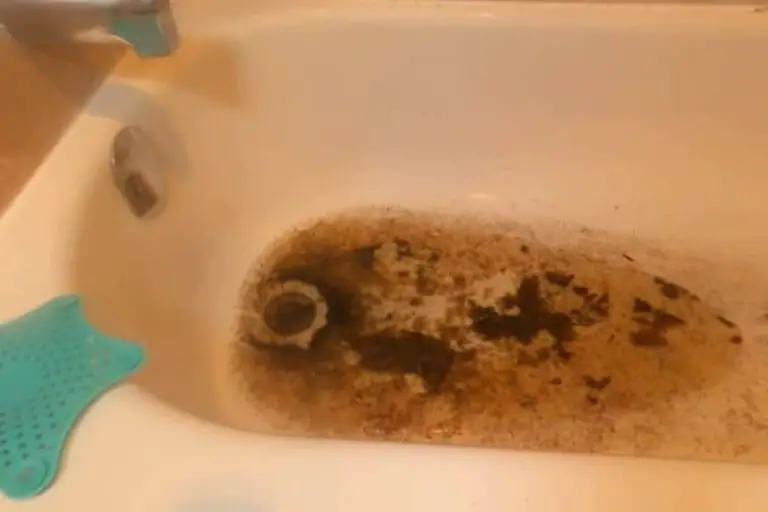
Many homeowners have experienced the unpleasant surprise of seeing their bathroom sink filling up with water from the other sink. This issue, known as bathroom sink backing up, can be frustrating and inconvenient to deal with. Not only does it disrupt the use of the sinks, but it also poses a potential health hazard if left unaddressed. In this article, we will dive into the causes of bathroom sink backing up and explore solutions to prevent and fix this problem.
The Main Culprits: Clogs and Blockages
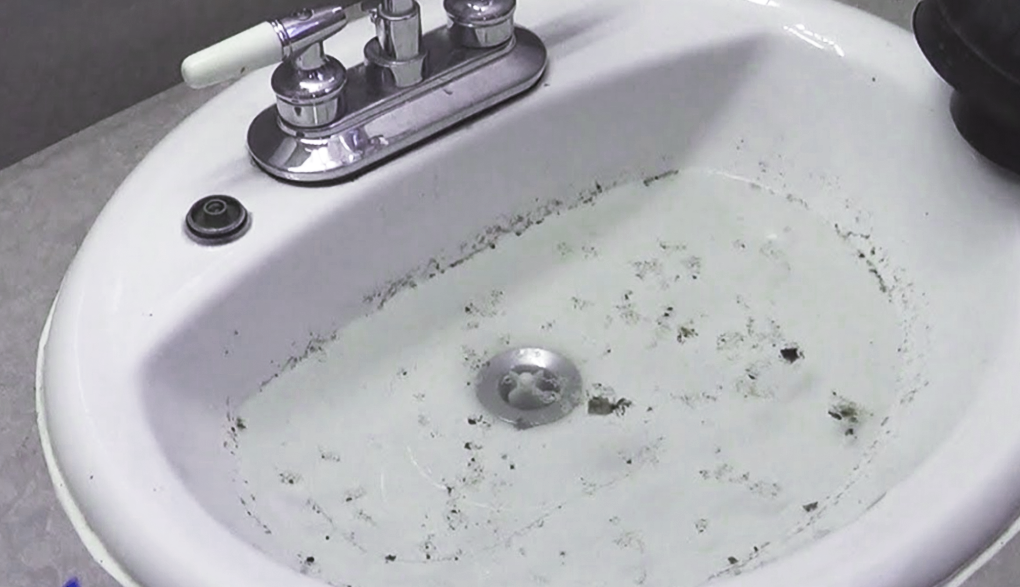
The most common cause of bathroom sink backing up is clogs and blockages in the pipes. Over time, hair, soap scum, and other debris can build up and create a blockage in the pipes, preventing water from flowing freely. This blockage can cause water to back up into other sinks connected to the same drain line. Another possible culprit is a blocked vent pipe, which helps to release air and maintain proper pressure in the plumbing system. If the vent pipe is clogged or damaged, it can lead to a backup in the sink.
Design Flaws: Improper Slope and Pipe Size
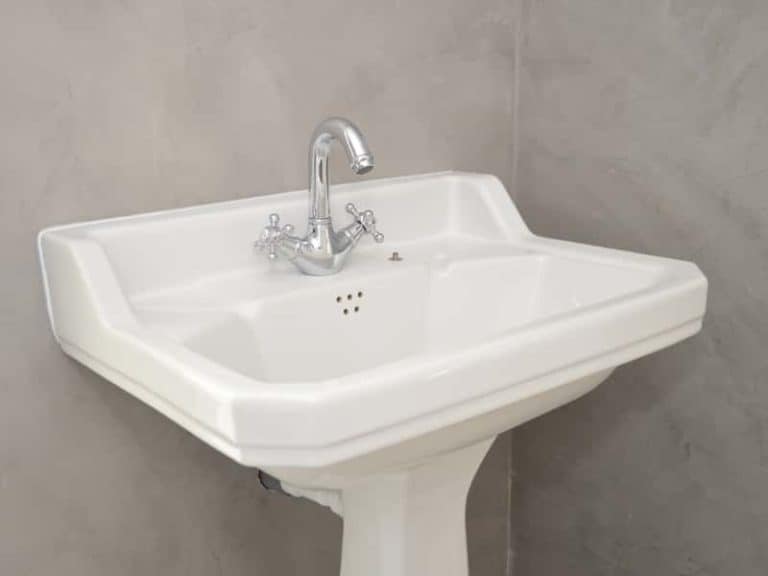
In some cases, the issue of bathroom sink backing up may be due to design flaws in the plumbing system. One common issue is an improper slope in the drain line, which can cause water to flow slowly or get trapped in the pipes. This can eventually lead to a backup in the sink. Another design flaw that can contribute to this problem is using pipes that are too small in diameter. This can restrict the flow of water and increase the chances of clogs and blockages.
Prevention and Solutions
To prevent bathroom sink backing up, it is essential to practice good maintenance habits. Regularly cleaning the sink and drain with a mixture of hot water and vinegar can help to prevent the buildup of debris. Installing a drain strainer can also help to catch hair and other debris before they go down the drain. If you are experiencing frequent backups, it may be necessary to call a professional plumber to inspect and clean your pipes. In some cases, they may need to use specialized tools such as drain snakes to remove stubborn clogs.
Bathroom sink backing up can be a frustrating issue, but understanding the causes and implementing preventive measures can help to keep your sinks flowing freely. Regular maintenance and proper design considerations can go a long way in preventing this problem. If the issue persists, do not hesitate to seek the help of a professional plumber to address the root cause and fix the problem for good.




